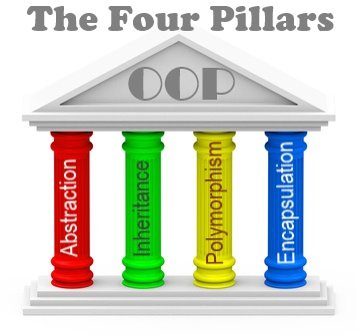Before we begin...
Concepts and their implementation
|
Some of the
Computer Science
concepts
that you have learned so far...
|
Class: revisited
|
Writing
complex computer programs
|
How
Object Oriented Programming
(OOP)
help you write
complex programs

|
Object Oriented Programming
(OOP)
what is an object ?
|
The state
of objects
|
The
behavior
of objects
|
The real purpose of
classes in
Java
|
Objects and its class
|